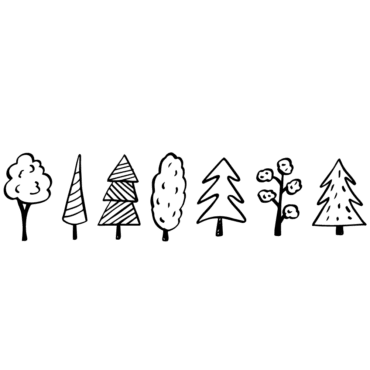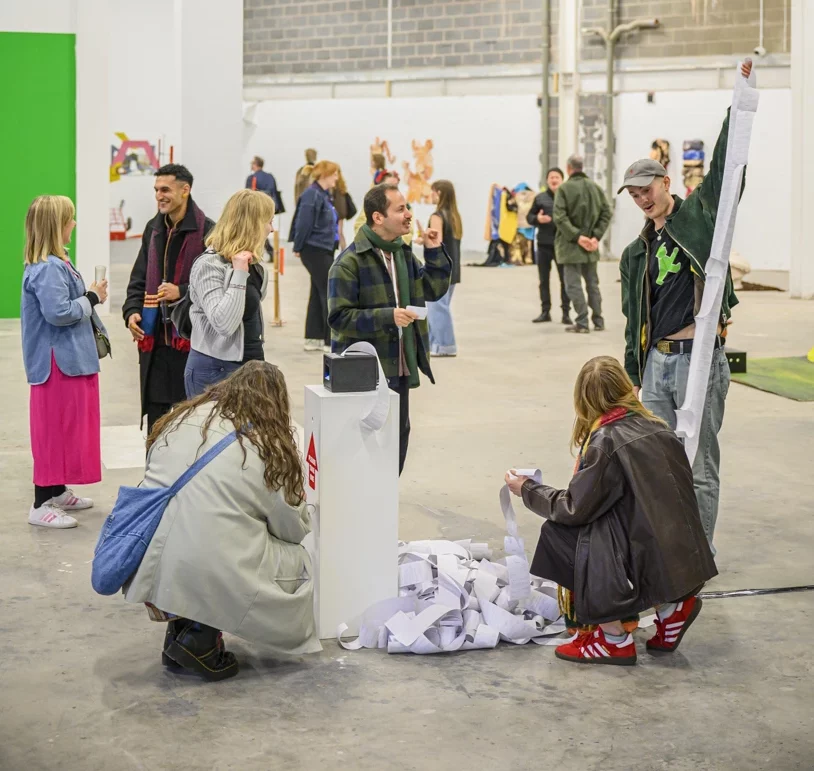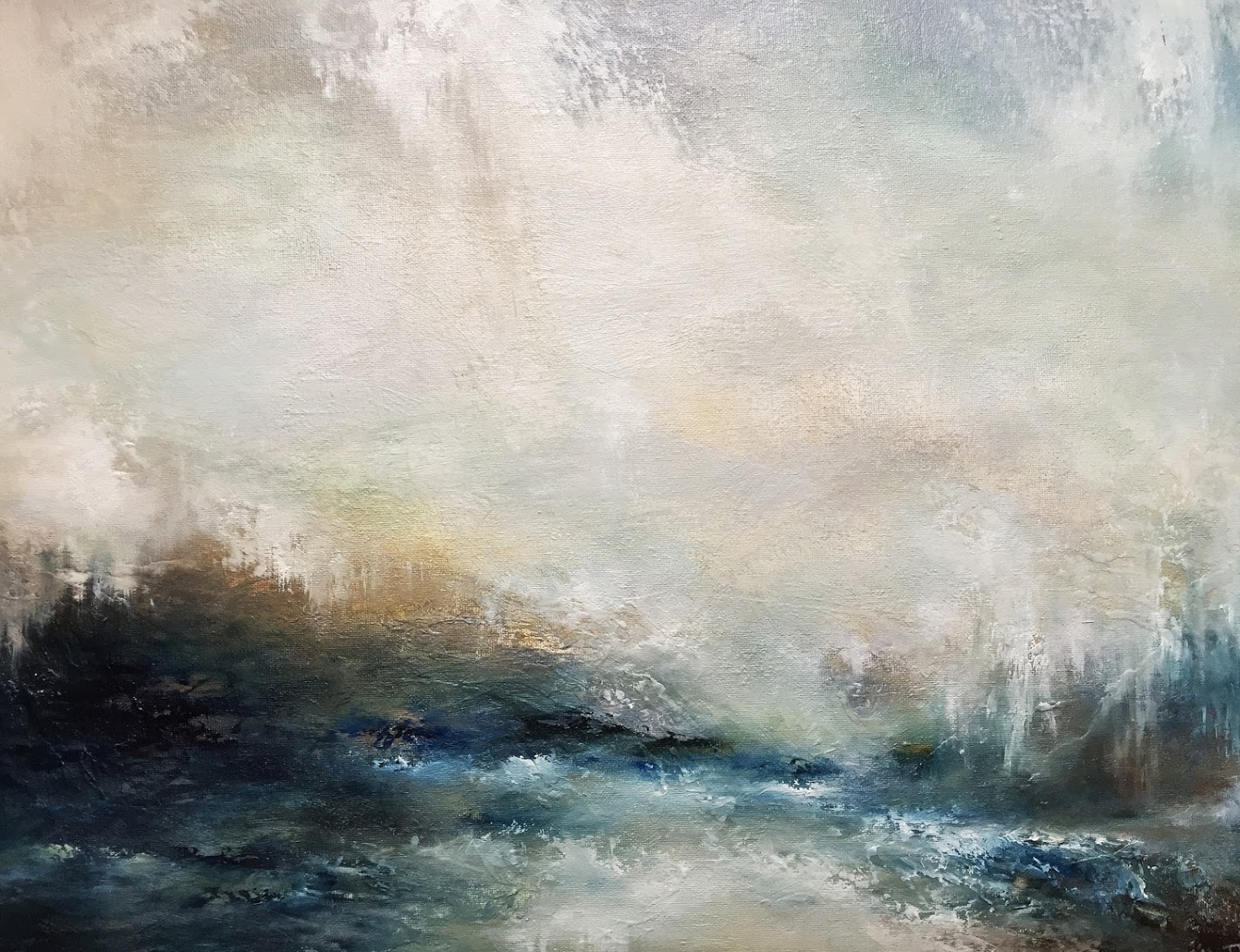
Congratulations on winning Zealous Stories: Painting! Your work ‘Deluge’ depicts a dramatic winter storm – how did you capture this moment and translate it into painting?
‘Deluge’ was quite a spontaneous painting to create as it was an exercise in focusing on the energy of a storm rather than a representation. Quite often when painting I allow an expression of my inner feelings to be conveyed through the process. I remember at the time that ‘Deluge’ was painted, I was experiencing quite a turbulent period in my life, which now that I look at it, seems to have manifested itself in the finished piece.
You don’t typically inform the viewer the location behind the inspiration of a painting – why is this?
I think that this is because I would much prefer the viewer to make their own connection to a painting and give them an opportunity to pause and reflect on the memories and emotions that it may evoke in them. I feel that by giving a location to my paintings the viewer is less likely to have an emotional response and more likely to focus on the visual representation.
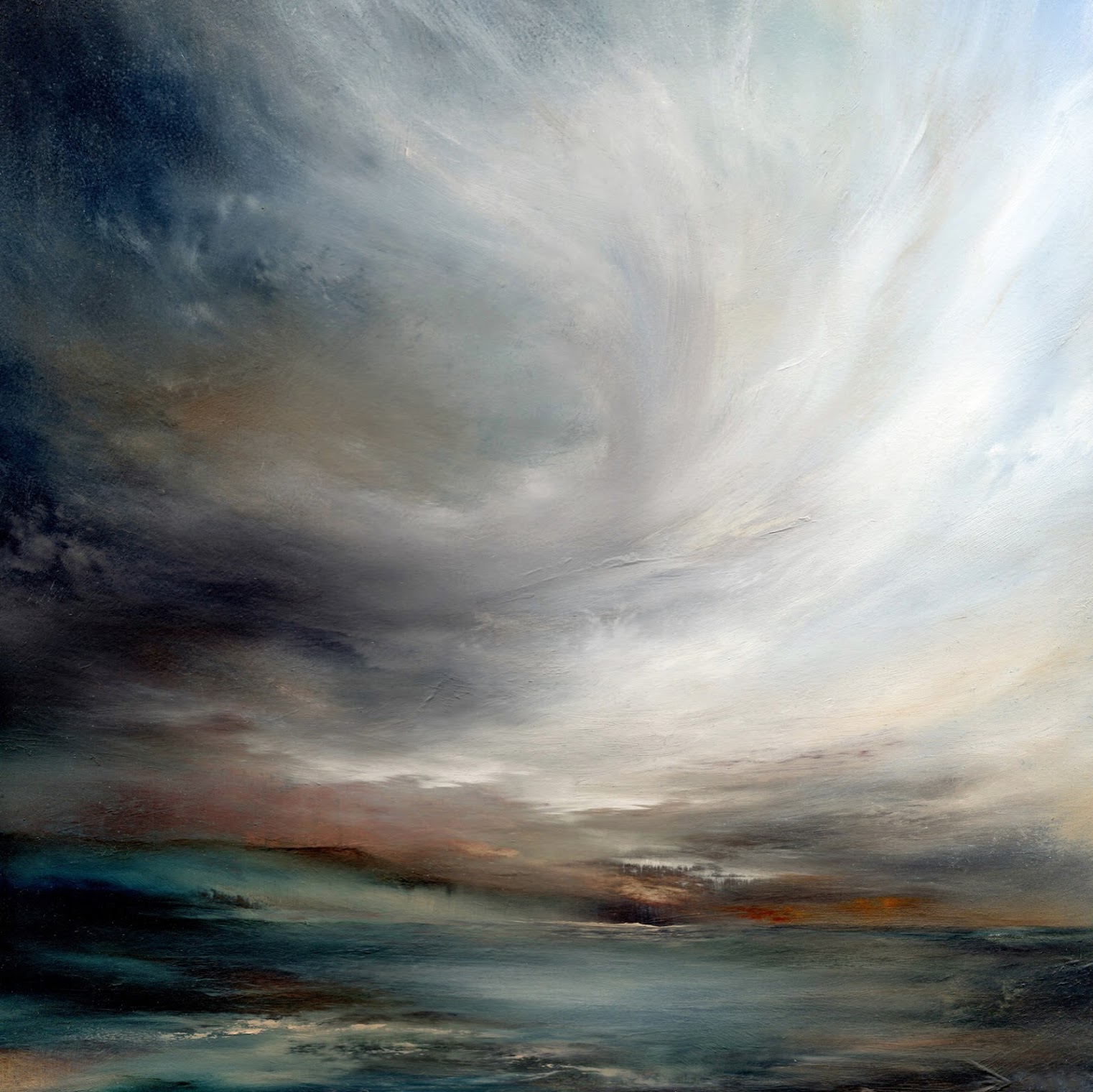
How does your connection to the elemental forces of nature manifest itself within your work?
I have always been inspired by the natural environment and am drawn to the wildness of the rugged landscapes found in the North. I’m particularly fascinated by the way light interacts with the different elements of water, earth and sky. When I paint, I aim to capture the play of light and shadow and use the contrasts of dark and light to become metaphors for the emotional states which are present at the time of painting. Most of my works remain recognisable as sea and landscapes, but are open to interpretation by offering a duality, using the landscape metaphorically to describe thoughts and emotions
Could you tell us a little more about the medium that you use? How do you create the luminous depth in your landscapes?
I predominantly paint in oils which I love and hate in equal measure! I find that the tradition of oil painting appeals in that you can look back in history and know that you are using the same materials as the great masters.
I particularly enjoy the way you can add layer upon layer to oil paint to build up the depth of colour and texture. By adding the thinnest layers of transparent glazes you can transform a painting, which is how I achieve depth in my works. Unfortunately the caveat of all this is the drying time, which if you’re impatient like me, or working to tight deadline, can be frustrating.
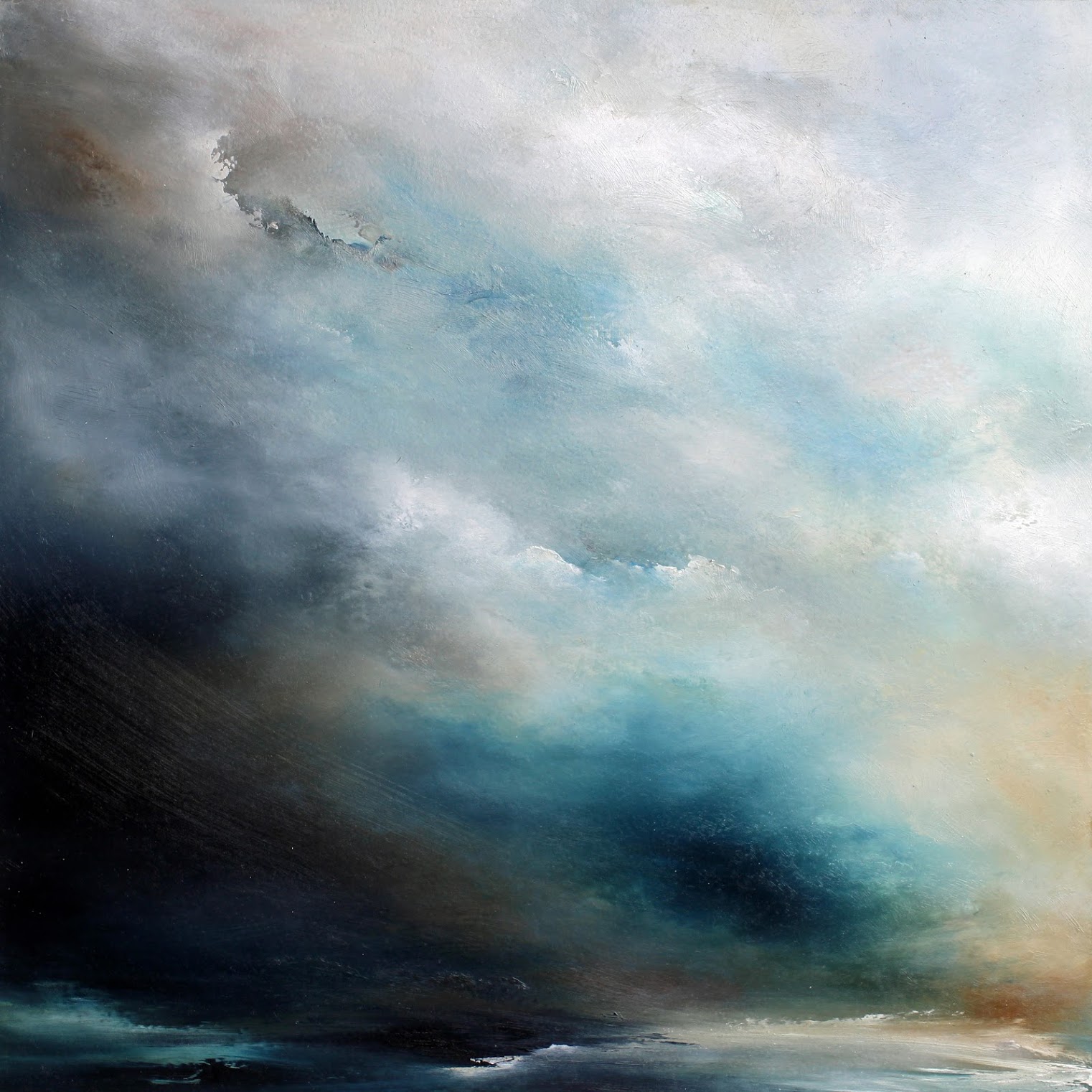
What is a typical day in the studio like for you?
I find that each week is varied depending on if I have a show coming up or if I’m developing new work – and so I have no set pattern. That said, I try to spend at least three full days a week actively painting in my studio. The remaining days are spent working on the business side, usually updating my website or answering emails. One of the added benefits of having a garden studio is that I’m able to fit in a couple of extra hours painting on an evening too.
On the days that I work in my studio, I aim to be there by 9am so that I can fit in a good 7 hours of creative work in. I usually have several paintings on the go at a time, all in varying stages, so there’s always something to be working on. In the morning I might be working on a large canvas then later in the day a series of small postcard size works on paper.
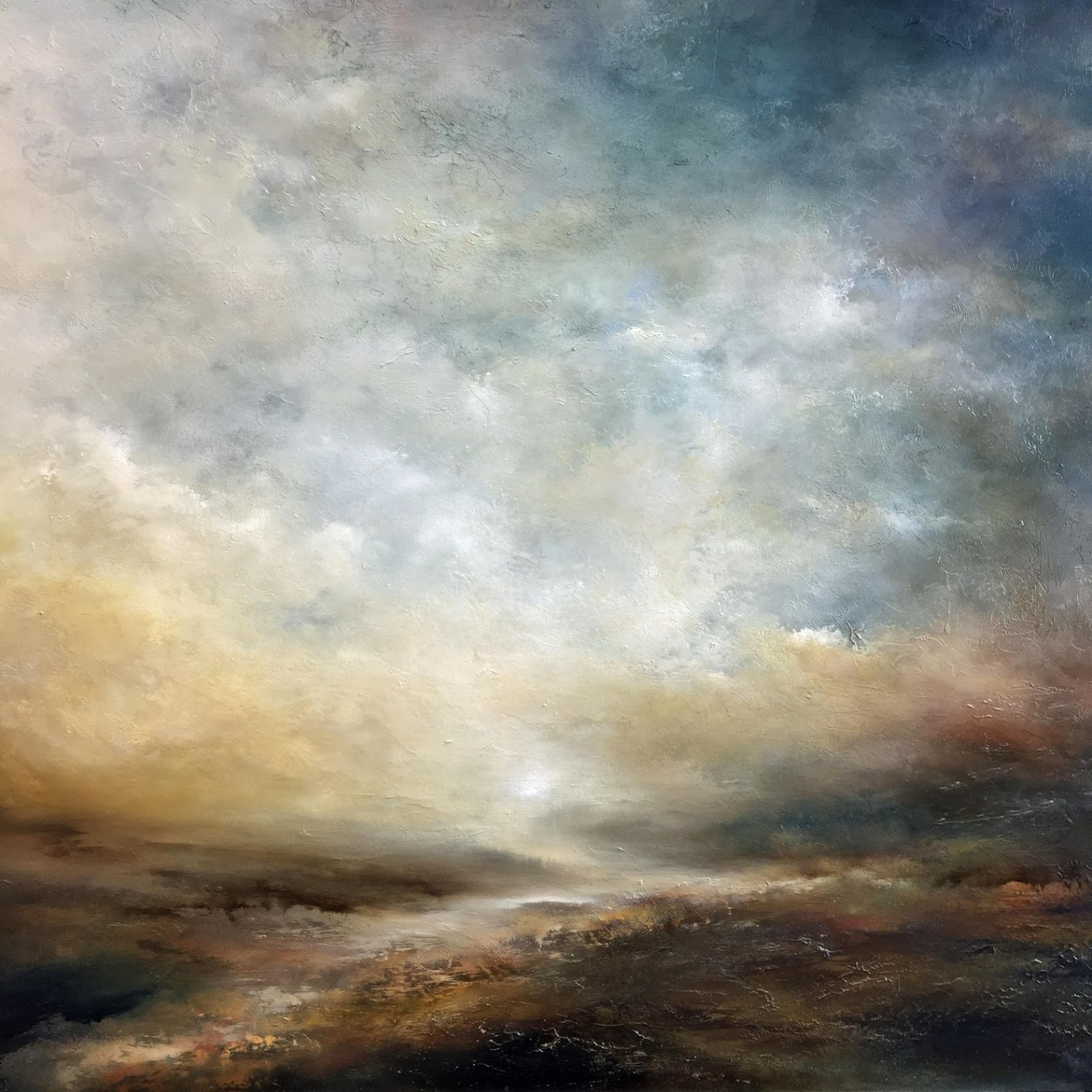
As a self-taught painter, how has your style and painting technique evolved over time?
This is such a good question but one that is hard for me to answer as I’m only in my early years of practice. I have certainly gained a lot of confidence and have learned to trust my process over the last couple of years.
If anything has changed at all, it is probably that I have a clearer vision of what I want to paint and how to achieve it. I’m finding that as time goes by I’m becoming less representational in my painting and my current practice is far more focused on making this a sustainable and life-long career.
You are represented by several galleries throughout the UK, what steps did you take to establish relationships with these spaces and get your work out in the public eye?
I’ve been quite fortunate in that the galleries that I’ve worked with have approached me either after seeing my work at shows or by finding me online. I’ve found that social media, particularly Instagram, has been a great platform for me to get my work discovered by both the public and by galleries.
When I work with a gallery I always aim to be professional and organised as it makes it easier to establish a partnership based on mutual trust and respect.
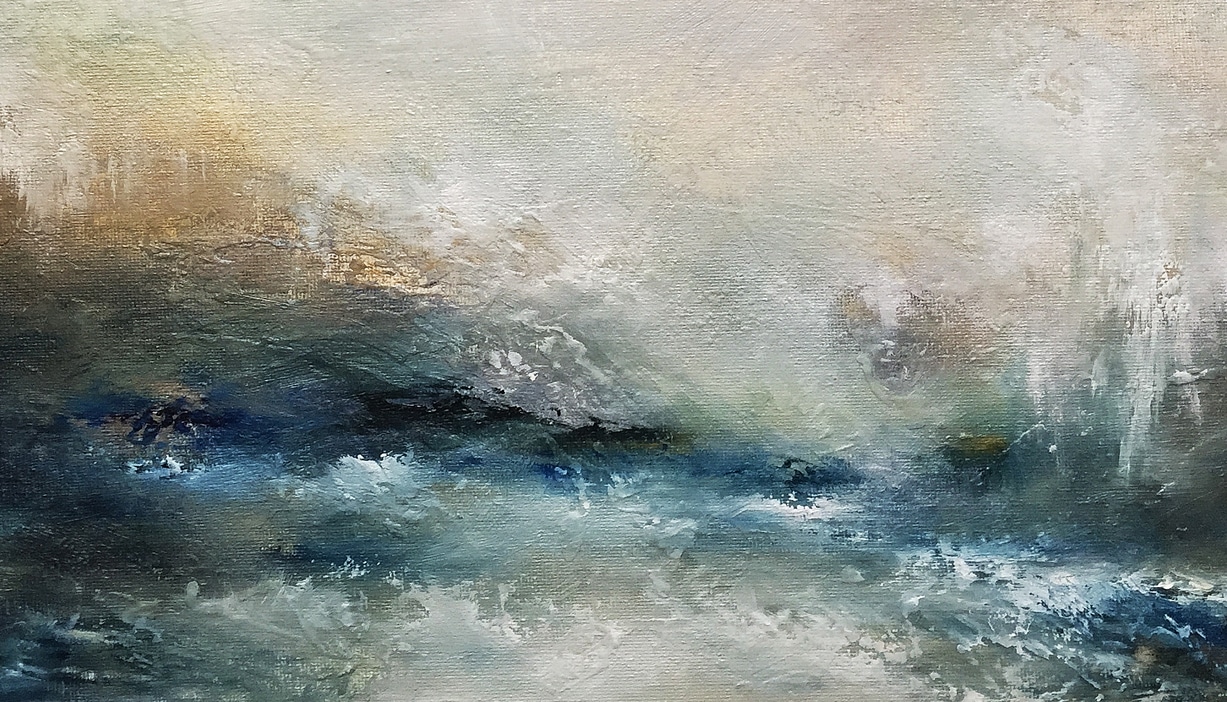
Tori Tiptons’ work, Deluge, was selected by industry guest judges from ArtCan, SPACE and the Society of East Anglian Watercolourists.
Tori also won a portfolio review from Art Critic and Visual Arts Editor, Tabish Khan and a subscription to Elephant Magazine.
Website / Follow Tori on Instagram
Let us know you want us to write more content like this with a love!
Share




